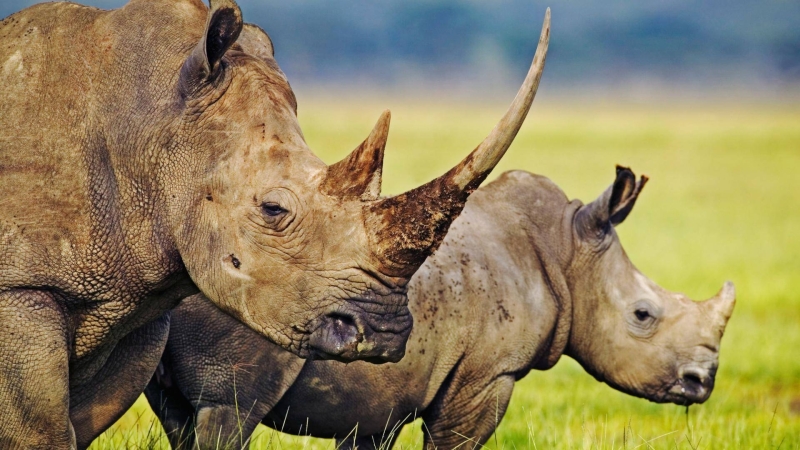Scientists Are Freezing Endangered Animals for Future Cloning to Sidestep Extinction
Scientists say we are in the middle of a mass extinction event, which isn't entirely unheard of for our planet, especially considering it has been through a few before -most famously 65 million years ago when an asteroid took out the dinosaurs along with 75% of the planet’s species.
Unlike past mass extinction events, what makes this event different is that it is in large part caused by humans. But scientists in the UK are making sure we have a backup plan if we are unable to halt the destruction of Earth’s natural biodiversity: they are freezing samples for later cloning.
Already scientists at Nature Safe have stored the living tissue of 100 different species in nutrient-rich, cell-friendly antifreeze and are keeping them at -321F (-196C), cold enough to stop all-natural chemical processes.
The idea is that if the species go extinct, future scientists could revive them through cloning. Their plan won’t be the answer to our rapidly declining biodiversity, but it at least gives a future chance to some endangered species.
In practical terms, it is not that far removed from what John Hammond did with dinosaurs in the film and book "Jurassic Park," only instead of DNA being preserved in amber for millions of years, it is live tissue stored in a freezer for decades.
Speaking to the BBC, Nature Safe founder Dr. Tullis Matson showcased the revival of cheetah skin cells taken from an animal that died in 2019.
“We woke up those cells a few days ago - and you can see now, they're all over the screen,” Tullis explained. “They've multiplied and multiplied."
Cloning, of course, is not new. Famously, Scottish scientists cloned a sheep named Dolly in 1996. Since then, scientists have cloned 20 different species, including endangered ones like the black-footed ferret.
Besides reviving completely extinct animals, the frozen tissue could bring more biodiversity to struggling species. If in the future the only surviving members of a species are related, living tissue from decades earlier could be used to prevent inbreeding, giving the species a much better chance at survival.
Of course, the better solution is to simply protect the diversity we have now, rather than freeze what we can and use it when most of that diversity has been wiped out. One reason conservation is a better solution than Nature Safe’s freezing is that they can only gather tissue from dead and dying animals. It would not be helpful to capture living, wild, endangered animals and then cut pieces of them off before releasing them.
"It would be wonderful to get tissue from 20 snow leopards from 20 different locations, but that would be really difficult," Professor Bill Sutherland, a conservation biologist from the University of Cambridge told the BBC.
Instead, Nature Safe works closely with zoos around Europe, taking samples from recently deceased animals and preserving them in their labs. They are also working on techniques that would enable them to generate sperm and egg cells from reproductive tissues.
“We are in the 6th mass extinction; the largest predicted loss of living biodiversity in 65 million years,” Tullis said in an article published on the Oxford University website in 2021. “More than one million of the world’s species are threatened with extinction; largely as a result of the actions of humanity.”
Our goal should be to halt the extinction event humans are causing, but if all else fails, biodiversity preservation labs like Nature Safe will provide the last hope for hundreds of species at risk of being lost forever.

Comments to this:




